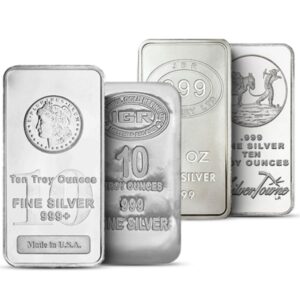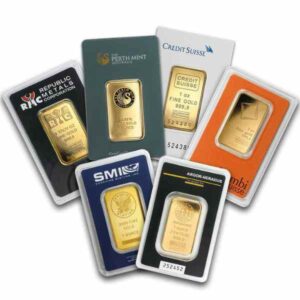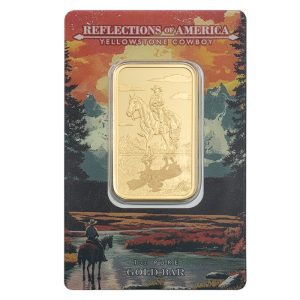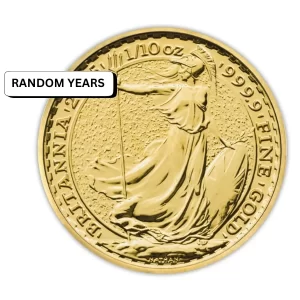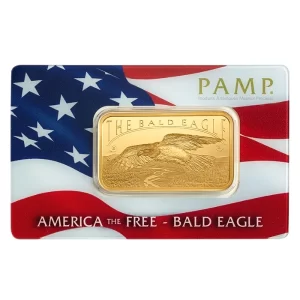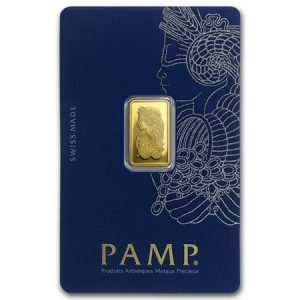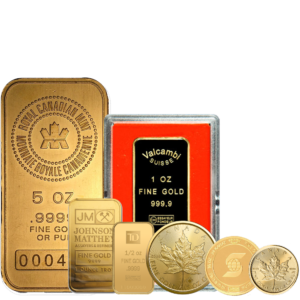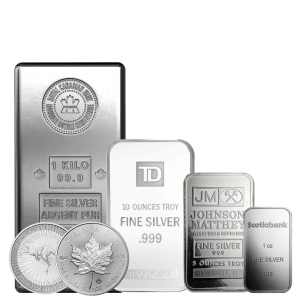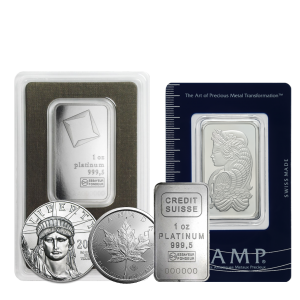If you’ve watched gold or silver prices for long now, chances are that you’ve noticed a familiar pattern: when the U.S. dollar falls, precious metal values rise, whereas when the U.S. dollar surges, metals fall. So why is this so?
Here at AU Bullion, we believe that knowledge is just as valuable as investment. In this blog, we’ll break down the inverse relationship between the U.S. dollar and precious metals — and why that dynamic matters to you, the investor.
How Is the U.S. Dollar Related to Precious Metals?
The U.S. dollar is the world’s reserve currency, which means that the majority of the world’s major commodities, such as gold, silver, and platinum, are denominated, or priced, in U.S. dollars. So when the value of the dollar increases, fewer dollars are required to buy the same amount of metal. This will necessarily translate to lower metal prices in dollars.
Conversely, when the value of the dollar falls, metals become cheaper elsewhere. This raises demand globally and tends to lift gold and silver prices.
Real-World Application of the Inverse Relationship
Let us now look at 2020:
During initial months of the COVID-19 crisis, the U.S. dollar fell sharply following the Federal Reserve’s interest-rate cut and stimulus injection into the market.
Around the same time, gold prices also shot up, touching a historic high of over $2,060 USD per ounce.
This was not just a coincidence, but a classic textbook scenario of how weakness for the buck sends precious metals soaring.
What Causes Dollar Strength or Weakness?
Several factors can impact the U.S. dollar’s value:
Interest Rates: Increasing U.S. interest rates attract foreign capital, which reinforces the value of the dollar. Decreasing interest rates reduce currency value.
Inflation: Rising inflation can diminish the buying power of the dollar — a gold and silver bull market catalyst.
Geopolitical Risk: With greater uncertainty in the world, the dollar and gold can rise together as “safe haven” currencies but, long-term, gold is frequently pushed upwards by concerns about inflation.
Government Debt & Deficits: If national debt is elevated, that can put pressure on the dollar, making gold more attractive.
Why This Matters for Investors
Studying the dollar-metal association can help with the timing of investments and building a more effective portfolio. For example:
If you believe the U.S. currency is going to depreciate, now might be a good time to increase your positions in gold or silver.
If you believe the top for the dollar is approaching, now might be a perfect entry point prior to precious metal increases.
Either way, the precious metals are a type of hedge for currency movements, inflation, and overall economic deterioration.
How AU Bullion Keeps You a Step Ahead
With AU Bullion, buying gold, silver, platinum, and other precious metals is easy, whether you are a first-time buyer or a repeat veteran. With:
- Real-time pricing that is tied to overseas marketplaces
- High-quality coins, bars, and bullion items are available for sale.
- Competitive pricing and transparent deals
- Service locations for face-to-face service: Toronto and Vancouver
We help you to make timely, informed decisions in a fast-moving market.
Final Thoughts: Watch the Dollar, Watch the Metals
The inverse relationship of the U.S. dollar against precious metals is probably the most significant of all of the financial world’s workings. As goes the dollar, so goes the value of your gold or silver, more often than not, inversely.
Want to protect your portfolio?
Since ancient civilizations, precious metals have been a tried-and-true way of storing wealth and preserving value. Contact us or come visit AU Bullion today to find out more and start accumulating your hedge – ounce by ounce.
 Hi,
Hi,

